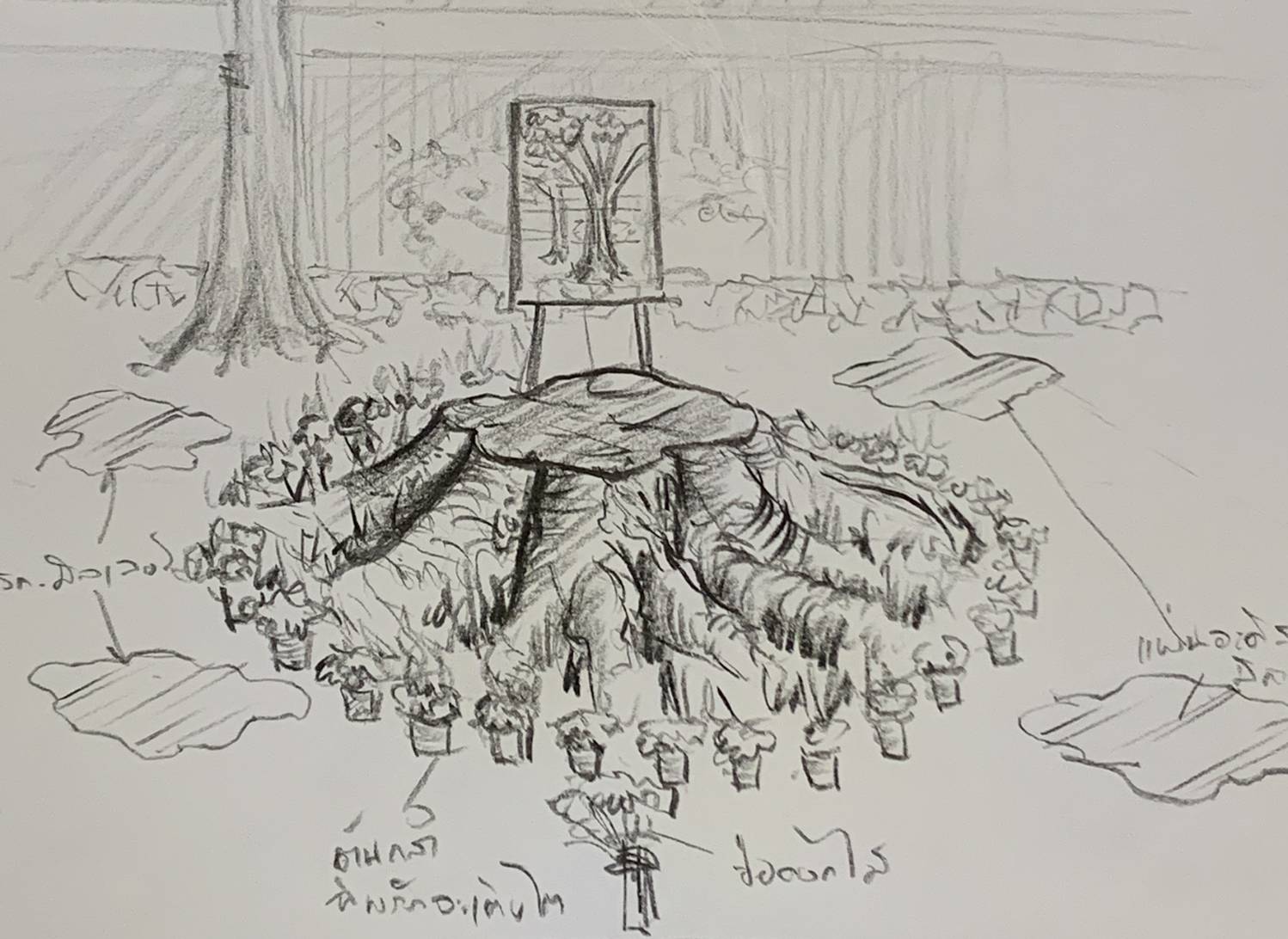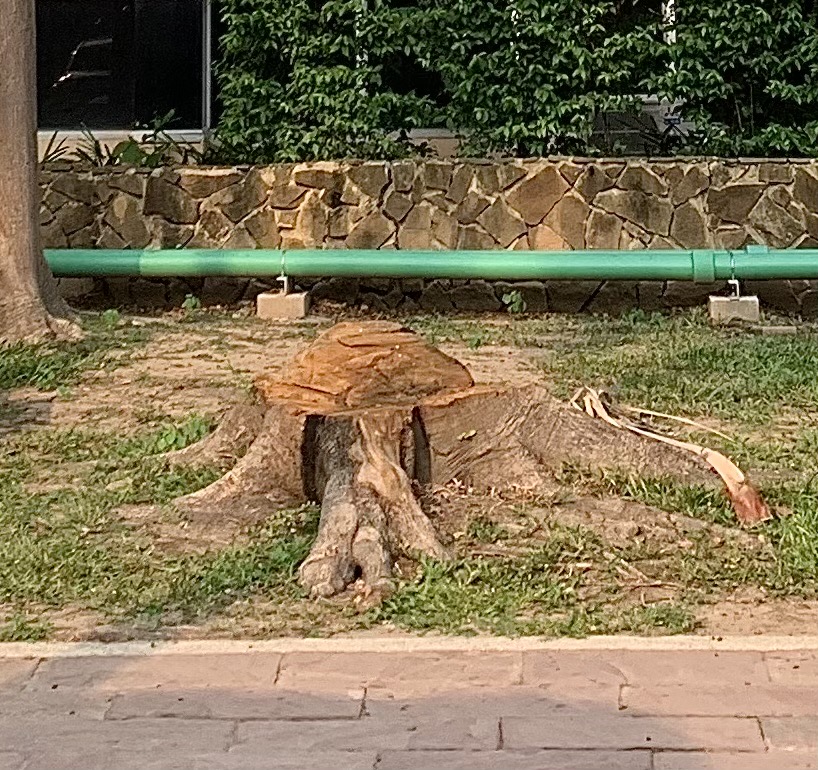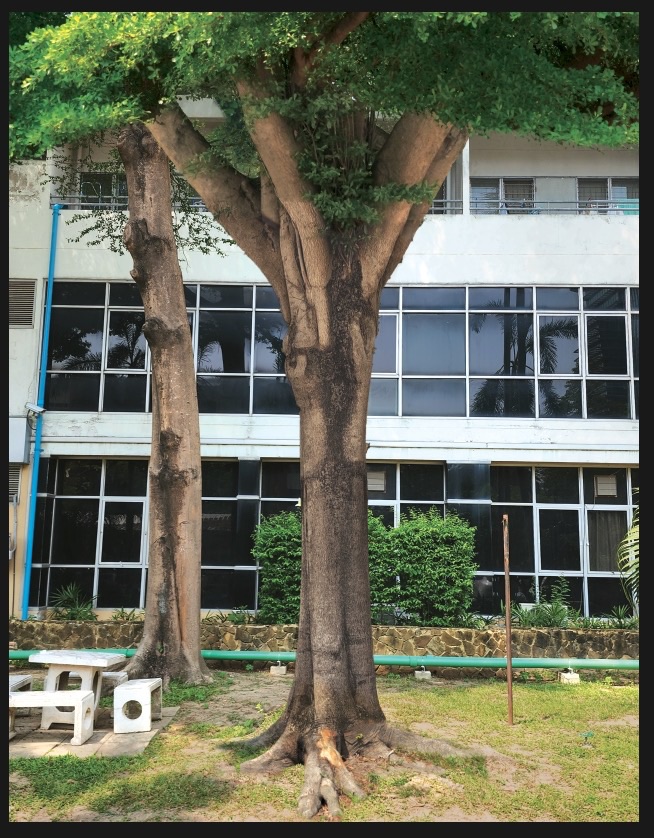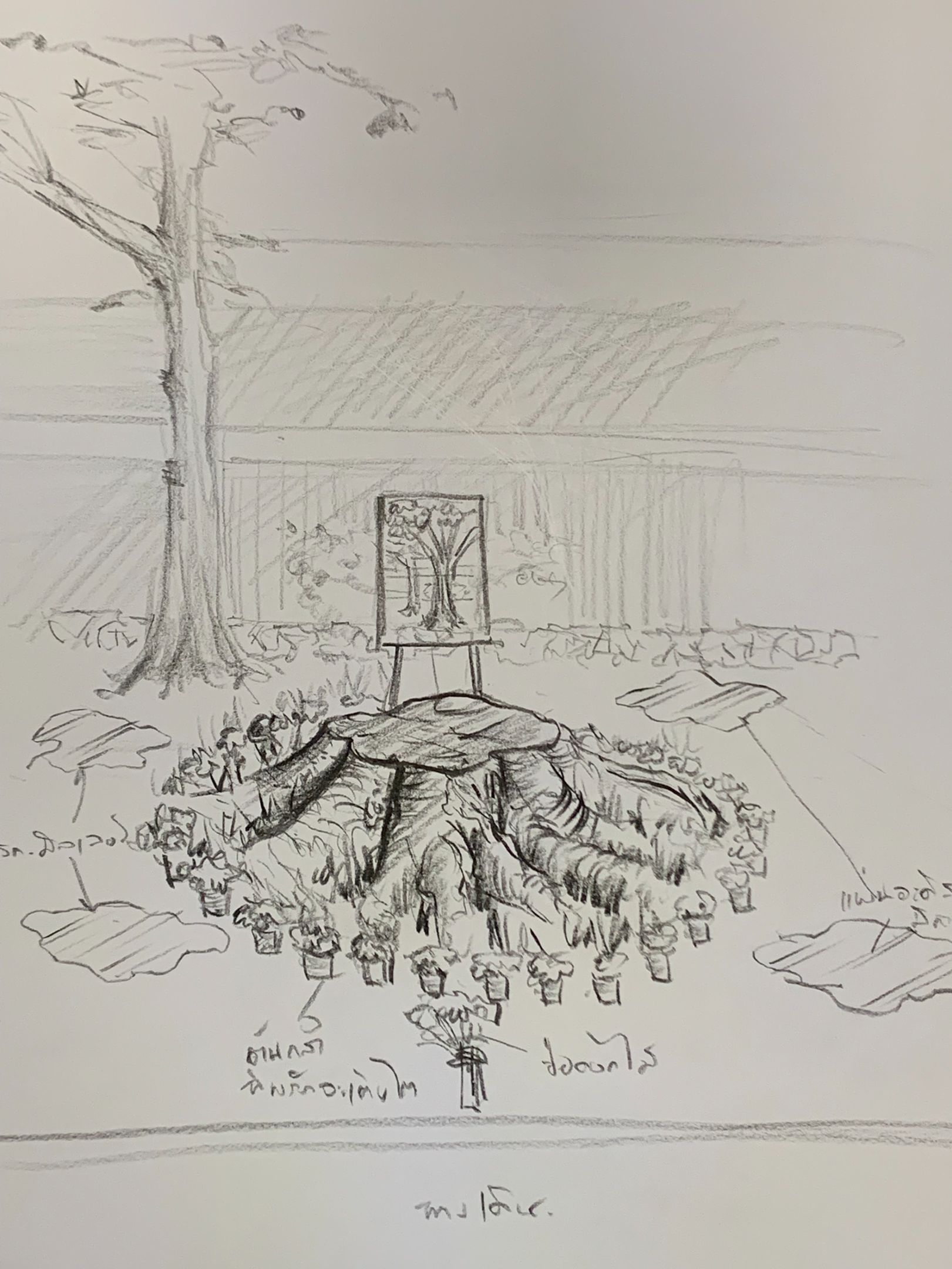
College of Design, Rangsit University
Ekachai Somboon



Abstract :
Forests are among the most valuable natural resources on Earth, playing a crucial role in sustaining life and supporting ecosystems. They provide both direct and indirect benefits to humanity, making their conservation essential for the well-being of present and future generations. Directly, forests supply the four fundamental necessities of life: food, clothing, shelter, and medicine. They serve as a source of raw materials, such as timber, fuelwood, and medicinal plants, which are essential to human survival, economic development, and industrial progress. Additionally, forests provide habitats for countless species of flora and fauna, maintaining biodiversity and ecological balance.
Indirectly, forests contribute significantly to environmental stability by preventing soil erosion, regulating the climate, and mitigating the impact of natural disasters such as floods, landslides, and droughts. They act as carbon sinks, absorbing carbon dioxide from the atmosphere and helping to reduce greenhouse gas emissions, which play a major role in climate change. Furthermore, forests support the water cycle by aiding in rainfall patterns and maintaining clean water sources for human and animal consumption.
Beyond environmental benefits, forests play a significant role in supporting economic and social structures. Many communities, particularly indigenous and rural populations, depend on forests for their livelihoods, cultural traditions, and way of life. Ecotourism, forestry industries, and sustainable resource management all contribute to national economies, further emphasizing the irreplaceable value of forests in both ecological and economic contexts.
Given these crucial roles, it is imperative that individuals and communities take responsibility for forest conservation. Deforestation, whether due to logging, agricultural expansion, or urbanization, poses a severe threat to biodiversity, water sources, and climate stability. If action is not taken to preserve and restore forests, the consequences will be irreversible, leading to the loss of critical habitats and an increase in natural disasters. Future generations may be deprived of the beauty, benefits, and security that forests provide today. Therefore, collective efforts in reforestation, sustainable resource use, and environmental awareness are essential to ensuring the continued existence and prosperity of forests for years to come.
Objectives :
1. To recognize the significance of forests, understand the current state of deforestation, and acknowledge the forest crisis.
2. This objective highlights the vital role of forests in sustaining life and supporting ecosystems. It raises awareness of deforestation’s causes, impacts, and long-term consequences on the environment and humanity.
3. To evoke emotional awareness regarding human actions towards trees, inspiring a sense of empathy and reflection.
4. This objective fosters a deeper connection with nature by illustrating human-induced destruction. It encourages reflection on environmental responsibility.
5. To foster hope for regeneration and the restoration of what has been lost.
6. This objective emphasizes reforestation and conservation efforts, inspiring optimism that forests can be restored through collective action.
Conceptual Framework :
The creator was inspired to develop The Mixed Media Art of Rebirth to express the sorrow, distress, and regret caused by human actions toward forests. The artwork reflects on the destructive impact of deforestation, evoking emotional responses to inspire awareness. At the same time, it aims to instill hope by conveying the message that forests can be restored through collective efforts. By uniting in planting and preserving trees, we can replace the forests that are disappearing. This piece serves not only as a reflection on the consequences of environmental degradation but also as a powerful call to action for forest conservation and renewal.
Process / Methodology :
- Conduct field research at nearby locations where deforestation and tree cutting were observed, gathering firsthand information on the extent of the damage caused.
- Summarize the findings and developed a presentation approach that effectively conveys the message of the artwork to the audience.
- Design initial sketches, exploring various concepts, shapes, and compositions to reflect the theme of rebirth, nature, and regeneration.
- Collect various materials, including mixed media elements, to represent both environmental destruction and restoration in the final artwork.
- Execute the creation of the artwork, blending various techniques and materials to express the emotional impact of deforestation and the hope for forest renewal.
Techniques and Materials :
- Using actual tree stump remnants as the primary medium to symbolize feelings of despair, sorrow, and mourning caused by deforestation and environmental destruction.
- Incorporating photographs of trees in their original state, before being cut down, to capture the memory and beauty of the natural landscape that once thrived.
- Applying mirror acrylic sheets to distort and reflect surrounding imagery, symbolizing the void left by missing trees and the disruption caused by widespread deforestation and ecological loss.
- Including saplings to represent new life, symbolizing hope, regeneration, and growth, aiming to restore what was lost and promote a future of lush, thriving forests.
Result / Conclusion :
The artwork series The Mixed Media Art of Rebirth serves as a powerful reflection of the current environmental reality, emphasizing awareness and evoking deep feelings of sorrow, despair, and grief. As the artist, I have fulfilled my role as a human being on this Earth by creating this piece to awaken collective consciousness about the importance of forest conservation. The work encourages viewers to recognize the critical need for collective action in planting, nurturing, and preserving trees for the environment. It aims to inspire future generations to continue this vital mission, ensuring the protection and revitalization of our forests for generations to come.
References :
Goldsworthy, A. (n.d.). Works by Andy Goldsworthy. Artlex. Retrieved from https://www.artlex.com
Dahlsen, J. (n.d.). Works by John Dahlsen. John Dahlsen. Retrieved from https://www.johndahlsen.com
Oliveira, H. (n.d.). Works by Henrique Oliveira. Henrique Oliveira. Retrieved from https://www.henriqueoliveira.com
Harris, R. (n.d.). Works by Richard Harris. Exteen. Retrieved from https://www.exteen.com